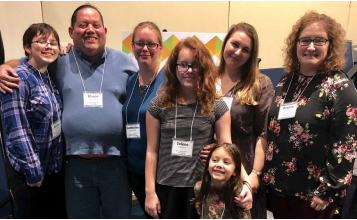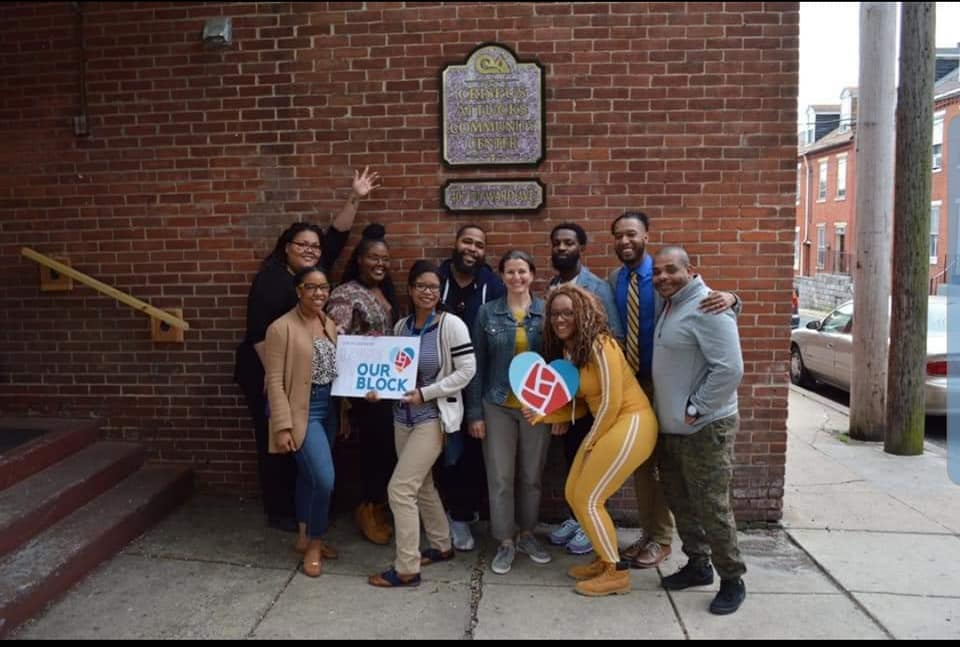Introduction to Community Action and the Community Services Block Grant

What is Community Action? What makes it unique?
Virtually every county in the United States has a Community Action Agency (CAA), a local organization charged by the federal government with the sweeping mission of fighting poverty. About 1,000 such agencies exist nationwide. They help ensure a safety net for low income individuals and families but even more importantly they create opportunities for people to move from poverty to independence CAAs address local causes and conditions of poverty with input from the entire community. including the low income people they serve. They are distinct from other local organizations in critically important ways.
What makes them unique?

-
Each CAA is governed by a broadly representative “tripartite” board with mandatory representation from the low-income community, local elected officials, and a wide array of public and private community stakeholders. These include businesses, schools, faith based organizations, and numerous others with the capacity to create jobs and opportunities for low-income individuals and families.
-
Each CAA conducts a comprehensive assessment of needs in its local community which guides decisions about programs and services. The assessment identifies local causes of poverty and barriers to self sufficiency and effective and innovative ways to address these issues. CAAs do not operate one particular type of program or serve one particular age group. Community Action is holistic and comprehensive in responding to the full range of challenges facing low-income people.
-
Each CAA operates through partnerships with numerous public and private sector organizations so that local communities benefit from a broad but coordinated range of resources and initiatives. These resources also include thousands of volunteers who believe in Community Action and donate their time and talent to their local CAA.
-
CAAs are trusted organizations with long standing relationships and deep roots in the community. They give a voice to local residents and community stakeholders in decisions that affect them. They are a key partner and resource for local governments and private entities seeking innovative ways to address the causes and effects of poverty. And their flexibility and close ties in the community make them uniquely able to respond quickly to emergencies and urgent need.

What is the Community Services Block Grant? Why is it critical to Community Action?
The Community Services Block Grant (CSBG) is the only federal program with the explicit and overarching goal of reducing poverty regardless of its cause CSBG pursues this goal by providing critical funding to the nationwide network of local CAAs and supporting their locally-driven comprehensive approach to fighting poverty. The federal government allots block grants to states and states retain a small portion for oversight, monitoring, technical assistance, and statewide initiatives. The majority of funds–at least 90% of each state’s allotment–must be passed through to local agencies. CAAs receive and administer other resources in addition to these CSBG grants, which typically form a small component of their overall budgets. Why is CSBG essential to Community Action?
- The CSBG Act defines, supports, and enforces the unique features of Community Action. Local agencies must meet federal requirements to be formally designated as a CAA and to receive CSBG funds. These requirements ensure that low-income individuals and others in the community have a voice in planning and overseeing local programs, that initiatives respond to documented needs, and that resources are coordinated and used effectively. States use their portion of CSBG funds to monitor local agency performance and coordinate antipoverty resources statewide.
- CSBG is the only dedicated funding source that supports core Community Action functions. CAAs are highly successful at leveraging their small CSBG allotments to obtain a wide array of other public and private resources for their communities. This success results from their formal designation as Community Action Agencies and from the extensive efforts of their staff and board members in conducting needs assessments, identifying resources, writing grant applications, and coordinating with community partners. CSBG funds support these critical activities, along with basic agency operations and infrastructure. Notably, the Urban Institute reported in 2012 that administrative costs of CAAs are relatively low.
- CSBG provides flexible funds to support gap-filling activities that address unmet needs, innovative initiatives to combat poverty and promote self-sufficiency, and rapid responses to local emergencies . CAAs identify causes and conditions of poverty that may not be addressed by an existing program or for which existing resources are not adequate. CSBG funds are used alone and in combination with other resources to support and strengthen important antipoverty initiatives that would not be possible otherwise.

What does a typical Community Action Agency look like? What services do CAAs provide?
CAAs exist in almost every community in the United States, and they are as diverse as the communities they serve. Community Action is locally controlled and responds to local needs, which means there is no “typical” CAA. Many factors dictate what an individual agency looks like, including whether it serves an urban or rural area, the condition of the local economy, availability of other community resources, and the demographic profile of low-income residents.
A critical service for a rural area with an aging population might be transportation or home delivered meals, while an urban area with young families might need child care and job skills training for young parents. English language classes might be important in areas with immigrant populations. Areas with high rates of homelessness might benefit from partnerships between CAAs and local housing authorities to develop supportive housing for homeless clients. In practice, CAAs serve a complex population with multiple needs, and each agency oversees a wide range of programs.

- CAAs look different from one another but share a common comprehensive approach to fighting poverty. This approach includes a governing board that reflects the local community, a comprehensive community needs assessment, and close partnerships with other agencies and entities. CAAs may be considered “umbrella” organizations with a common framework, but whose components are customized to respond to local needs.
- As designated eligible entities with core funding from CSBG¨ CAAs are able to compete successfully for diverse resources . CAAs depend on CSBG for essential core funding and support, and they use these grants to identify community needs and put together a mix of public and private resources that respond to those needs. Local agencies are often known for the specific programs and services they provide, regardless of whether they are funded by CSBG or another source. The CSBG Act plays a crucial “behind-the-scenes” role that establishes the Community Action approach and makes it possible for the nationwide network of CAAs to exist; however, clients and community members might not realize that core funding for their local CAA comes from the Community Services Block Grant.

- CAAs receive some support from states, in addition to the CSBG grants they are required to pass through, and from local governments and the private sector. States assist local agencies most often in the areas of housing and homelessness, nutrition, child care and early childhood education, senior services, transportation, and education . Local governments provide grants, contract services, and in-kind goods and services. Private resources take the form of cash contributions, donated goods and in-kind services provided by volunteers, client fees, and payments for goods and services made by private entities.
- CAAs administer numerous federal programs that address specific needs of low-income people. CAAs administer different programs depending on local community needs. Federal programs most frequently run by CAAs include Head Start, weatherization, LIHEAP, USDA food programs, HUD housing and homelessness programs, and the Older Americans Act. CAAs also often administer TANF funds, Community Development Block Grant funds, DOL employment and training funds, and resources from FEMA, the Department of Transportation, and the Corporation for National and Community Service.
- CSBG received an appropriation of $715 million in FY2017. Based on most recent data available (FY2015):
- 1,026 local agencies were designated as eligible entities in 50 states, DC, and Puerto Rico; 99% of American counties were served.
- Resources administered by the CSBG network totaled $13 .8 billion, including 637 million in CSBG funds allocated directly to local agencies.
- For each $1 of CSBG funds allocated directly to local agencies, the network leveraged an additional §21 in combined federal, state, local, and private resources.
- Local agencies served almost 16 million individuals in almost 7 million families, most with incomes below 125% of poverty and nearly a third with incomes below 50% of poverty.
About the Community Action Partnership (CAP) of Lancaster County
The Community Action Partnership is Lancaster County’s largest anti-poverty organization, helping low income families move toward self-sufficiency. CAP’s service profile interrupts inter-generational poverty with programs that support families and individuals at every age and place in life, in the areas of education and child development, health and nutrition, household stability and safety and empowerment. For more information, visit www.caplanc.org.
To make a donation to CAP, click here.


